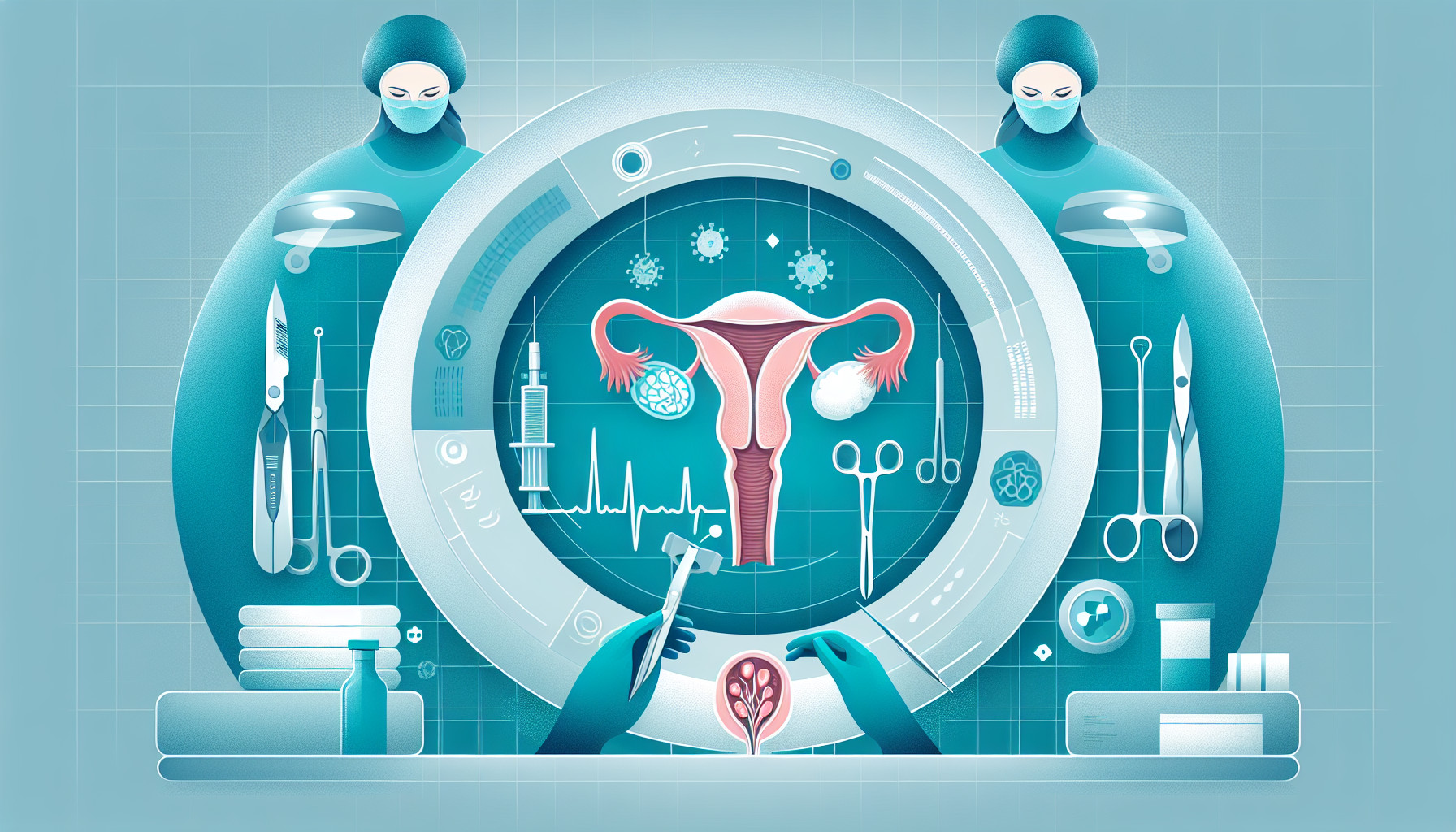Our Summary
This research paper discusses a condition known as postmenopausal hyperandrogenism. It is caused by an excess of male hormones, or androgens, produced by either the ovaries or the adrenal glands in women after menopause. Symptoms include excessive hair growth in areas typically seen in men, acne, male-pattern baldness, and even the development of male physical characteristics. This condition can also be linked to metabolic issues such as belly fat, resistance to insulin, and type 2 diabetes.
In milder cases, these symptoms could be due to the hormonal changes that come with menopause or a common condition known as polycystic ovary syndrome. More severe symptoms could be the result of a condition called ovarian hyperthecosis or a tumor in the ovary or adrenal gland that produces androgens, which could potentially be cancerous.
The first step in diagnosing this condition is to measure the level of testosterone in the blood. If it’s higher than 5 nmol/L, this indicates the presence of male physical characteristics and requires immediate investigation to check for a tumor.
Medical imaging techniques, like ultrasound or MRI, are used to locate the source of the excess androgens. If a tumor is found, removing it surgically is the primary treatment and will provide a more definitive diagnosis. If the symptoms are mild to moderate, they can be treated with medication to block the androgens or hormone therapy, depending on the diagnosis. This paper summarizes the main causes of postmenopausal hyperandrogenism and provides guidelines for its investigation and treatment.
FAQs
- What are the symptoms of postmenopausal hyperandrogenism?
- How is postmenopausal hyperandrogenism diagnosed and treated?
- What could be the cause of severe symptoms of postmenopausal hyperandrogenism?
Doctor’s Tip
One helpful tip a doctor might tell a patient about ovarian cyst removal is to follow post-operative care instructions carefully. This may include taking pain medication as prescribed, avoiding strenuous activities for a certain period of time, and keeping the incision site clean and dry. It’s important to attend follow-up appointments with your doctor to monitor your recovery and ensure there are no complications. If you experience severe pain, fever, excessive bleeding, or any other concerning symptoms, be sure to contact your healthcare provider immediately.
Suitable For
Patients who are typically recommended ovarian cyst removal include those with large cysts that are causing symptoms such as pelvic pain, bloating, and pressure on the bladder or bowel. Additionally, patients with cysts that are suspicious for cancer based on imaging studies or blood tests may also be recommended for removal. Other factors that may warrant ovarian cyst removal include the presence of complex cysts, cysts that are growing rapidly, or cysts that are causing infertility or recurrent miscarriages. Ultimately, the decision to recommend ovarian cyst removal is based on a combination of factors, including the patient’s symptoms, the characteristics of the cyst, and the patient’s overall health and medical history.
Timeline
Before ovarian cyst removal:
- Patient may experience symptoms such as pelvic pain, bloating, and changes in menstruation
- Doctor may recommend imaging tests such as ultrasound or MRI to confirm the presence of an ovarian cyst
- Blood tests may be done to check hormone levels and rule out other conditions
- Patient may be prescribed pain medication or hormone therapy to manage symptoms before surgery
After ovarian cyst removal:
- Patient undergoes surgery to remove the ovarian cyst
- Recovery time varies depending on the size and type of cyst removed
- Patient may experience pain and discomfort in the pelvic area post-surgery
- Follow-up appointments with the doctor to monitor recovery and check for any complications
- Patient may be advised to avoid strenuous activities for a period of time post-surgery
- Symptoms such as pelvic pain and bloating may improve or resolve after the cyst is removed.
What to Ask Your Doctor
Some questions a patient should ask their doctor about ovarian cyst removal include:
- What type of ovarian cyst do I have and what are the risks associated with it?
- What are the benefits of removing the ovarian cyst?
- What are the different treatment options available for ovarian cyst removal?
- What is the success rate of the surgery and what is the recovery time?
- Are there any potential complications or side effects associated with the surgery?
- Will removing the ovarian cyst affect my fertility or hormone levels?
- How often will I need follow-up appointments after the surgery?
- Are there any lifestyle changes or medications I should consider post-surgery?
- What are the signs and symptoms I should watch out for after the surgery that may indicate a complication?
- Are there any factors that may increase my risk of developing ovarian cysts in the future?
Reference
Authors: Hirschberg AL. Journal: J Clin Endocrinol Metab. 2023 Apr 13;108(5):1243-1253. doi: 10.1210/clinem/dgac673. PMID: 36409990
